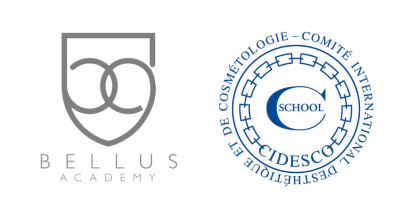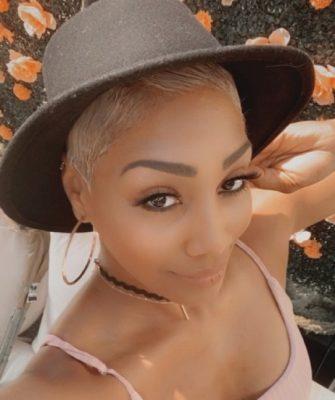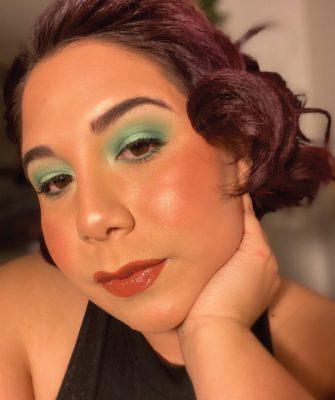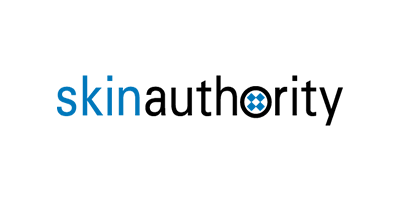The Science of Hair Color
Although it might not always be on our minds, hair color is an important part of our identities. Whether we are naturally blonde, brunette, redheaded, or raven-haired, our hair color can affect the accessories, makeup, and entire outfits that we choose to wear.
However, an increasing number of people are going beyond the limits of their natural hair color with artificial dyes. Whether they choose to get lowlights or a whole head of bright, neon color, today’s salons can accommodate a host of client requests safely and effectively. Here, Bellus Academy, an award-winning beauty school with locations in California and Kansas, delves into hair color science.
Origins of Natural Hair Color
Each of us has natural hair that is black, brown, red, or blonde. These colors are created by a combination of pigments, which are known as melanin and produced by our bodies. There are two types of melanin – eumelanin is the darker pigment, and pheomelanin is the lighter pigment.
Ultimately, your natural hair color depends on the amount of each pigment that your body produces. In black and brown hair, there is more eumelanin than pheomelanin. Conversely, there is more pheomelanin than eumelanin in both blonde and red hair. And when both of these types of melanin are absent, we see the common hallmark of aging – white or gray hair.
Methods of Changing Hair Color
There are a few different ways that salon technicians or DIY pros can change one’s hair color. Although many hair products work differently, today’s professionals typically use the following methods:
Temporary Hair Color
With temporary hair color, a client can briefly enjoy a new hair color that washes away over time. In many cases, these products deposit acidic dyes onto the outside of the hair’s shafts, giving it a new, vibrant color. In other cases, these dyes have small pigment molecules that easily slip inside the hair shaft and deposit nonpermanent color.
Either way, these products don’t contain ammonia, leaving the hair’s shafts closed while dying. This allows clients’ natural hair color to remain intact and be revealed again after a few days or weeks of shampooing.
Hair Lightening
Hair lightening, or bleaching, often precedes permanent dying. During the lightening process, bleach reacts with the melanin in our hair, producing an irreversible chemical reaction that removes its color.
During this reaction, bleach oxidizes the melanin molecule, providing what is theoretically a colorless result. However, bleached hair typically earns a yellow tint because keratin, the protein that hair is made out of, is naturally yellow.
Permanent Hair Color
To permanently change someone’s hair color, the outer layer of their hair’s shafts, also called cuticles, must be opened. Ammonia is typically used to open these cuticles. But first, many professionals lighten their clients’ hair to provide an even, colorless base to deposit the new color on top of.
After the cuticles are opened and the hair is lightened, salon professionals will deposit a new, permanent color into the cortex of each hair strand. Peroxide is also used to remove any preexisting color and break the hair’s current chemical bonds. Finally, professionals use special conditioners to close the hair’s cuticles, sealing in and protecting their client’s new color.
Applying the Science of Hair Coloring
If you’re interested in hair color science and want to learn how to apply it in a salon setting, Bellus Academy can help you do it. To learn all of this industry’s best practices, including hair prep, strand testing, hair lightening, color application, and more, contact one of our friendly admissions officers about enrolling at one of our four campus locations throughout CA and KS.

















